7 min to read
Fitness and Fun Combined: A Deep Dive into 'Ring Fit Adventure's' Success
Exploring How 'Ring Fit Adventure' Revolutionized Exercise Gaming
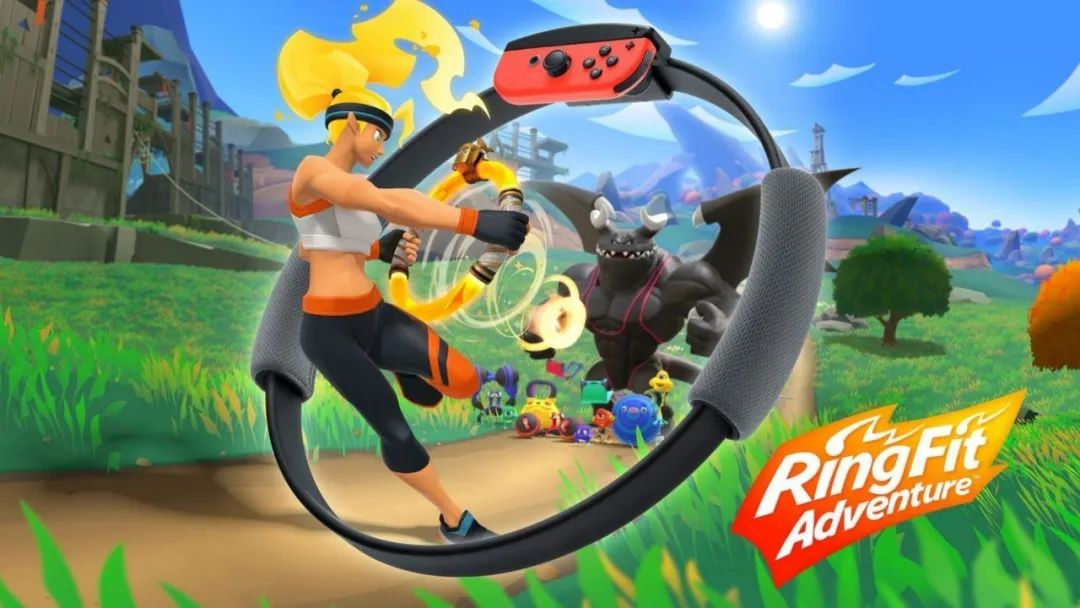
Ring Fit Adventure Analysis
The original Chinese version of the passage could be accessed here:
“Ring Fit Adventure” brought a novel approach to the “exercise while gaming” genre, a field that includes titles like “Aerobic Boxing,” “Just Dance,” and “Beat Saber.” However, these games often struggle to foster a habit of regular exercise among players. Many who purchase them tend to play only once or twice before setting them aside, leading to low retention rates.
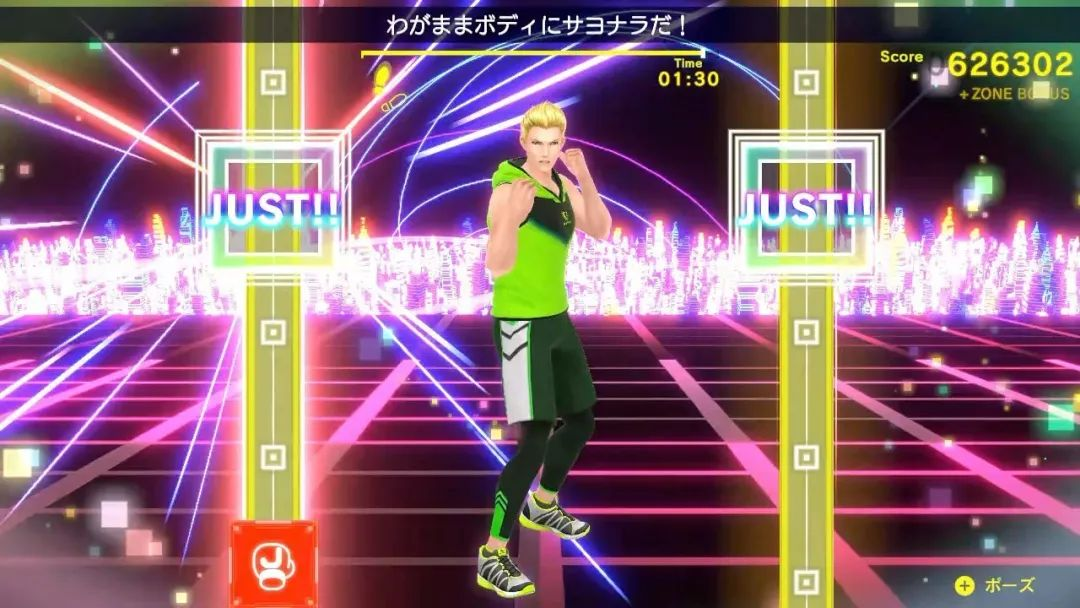
Aerobic boxing, for example, can be fun but often feels monotonous and less engaging than rhythm games. In contrast, “Ring Fit Adventure,” with its RPG format, vividly showcases the “growth” system, aligning with the nature of physical exercise while boosting player engagement through playing repeatedly.

I personally spent 50 hours in my first playthrough. That was quite a huge amount of sweat!
Why does incorporating a growth system into an exercise game make such a difference? In real life, the sense of “growth” is a powerful motivator for exercise. Look at fitness apps or sports brand advertisements: they often emphasize the link between exercise and attributes like self-discipline and confidence. They highlight the transformative effects of exercise, such as improved physique and health. This focus on the sense of growth is key.
Exercise alone can be a slow process. You can’t expect to develop a six-pack after just a few sit-ups. Many give up before seeing tangible results. This is a common reason for discontinuing fitness routines.

(Seeing fitness advertisements often leads people to feel anxious about their unhealthy lifestyles rather than inspiring a thought like, ‘I should start exercising.’)
In a game, however, growth is represented through an RPG-style numerical system, providing immediate feedback for every exercise performed. This feedback is multi-dimensional. Each action translates directly into experience points, shown in real-time during gameplay. Even if you exit a battle midway, you still earn experience for the actions completed. Simple actions like pressing the Ring-Con yield experience points, making even the fatigue of exercise more bearable.
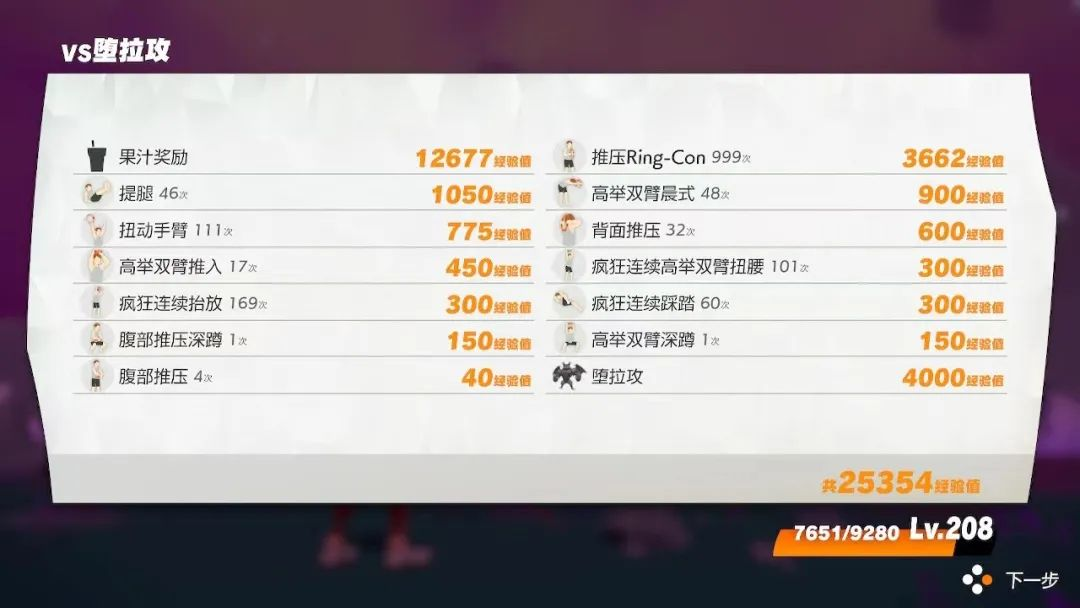
(You will see what you have exercised immediately after defeating enemies)
In summary, “Ring Fit Adventure” adheres to the principle that “every input has feedback.” Leveling up enhances attack and defense stats, unlocks new skills and worlds, and introduces new mini-games, all alleviating the discomfort of exercise.
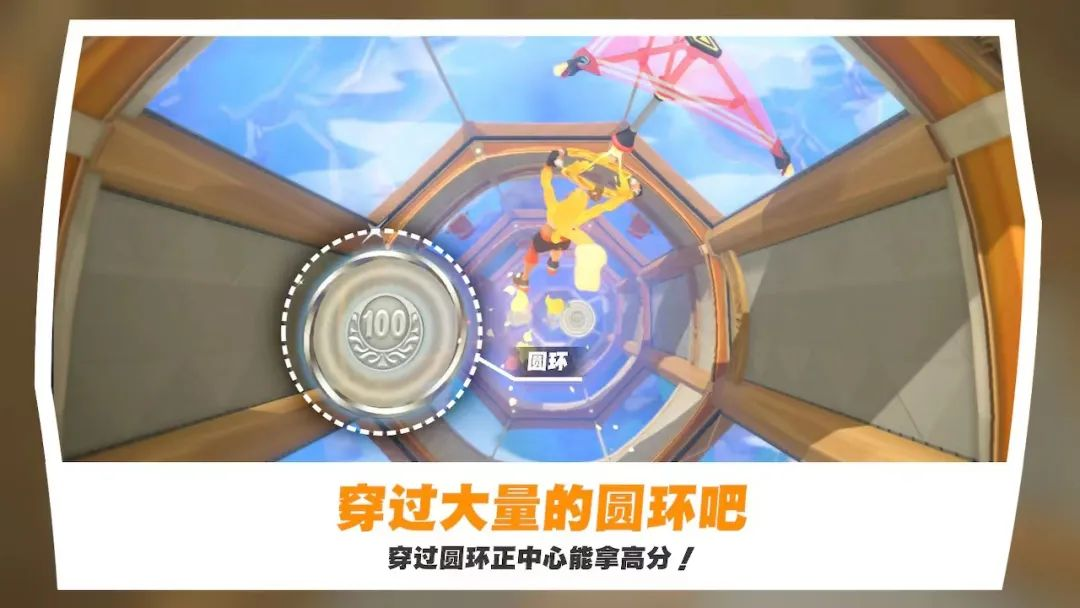
(Mini-games are super interesting!)
Perhaps due to its novelty as a fitness-plus-RPG game, the RPG elements of “Ring Fit Adventure” remained classic, while the graphic design was adapted to the game’s overall theme which is centered around fitness. Classic RPG equipment becomes exercise gear enhancing attack and defense, while food items are replaced with healthy vegetable and fruit juices. The player’s skills become fitness moves.
This artistic approach is often overlooked in other exercise games, yet it plays a significant role in creating an engaging fitness atmosphere. It motivates players to move and exercise.

(For better immersion, Nintendo replaced traditional RPG elements like potions with smoothie, a healthier choice.)
Beyond in-game growth, “Ring Fit Adventure” also encourages players to notice physical changes in themselves, promoting healthy diet and a sense of achievement. Social media posts from players, sharing their weight loss and fitness improvements, bringing this sense of growth outside the game. We can conclude that “Ring Fit Adventure” players achieves real growth and transformation both in-game and out, thanks to its system design and positive guidance.
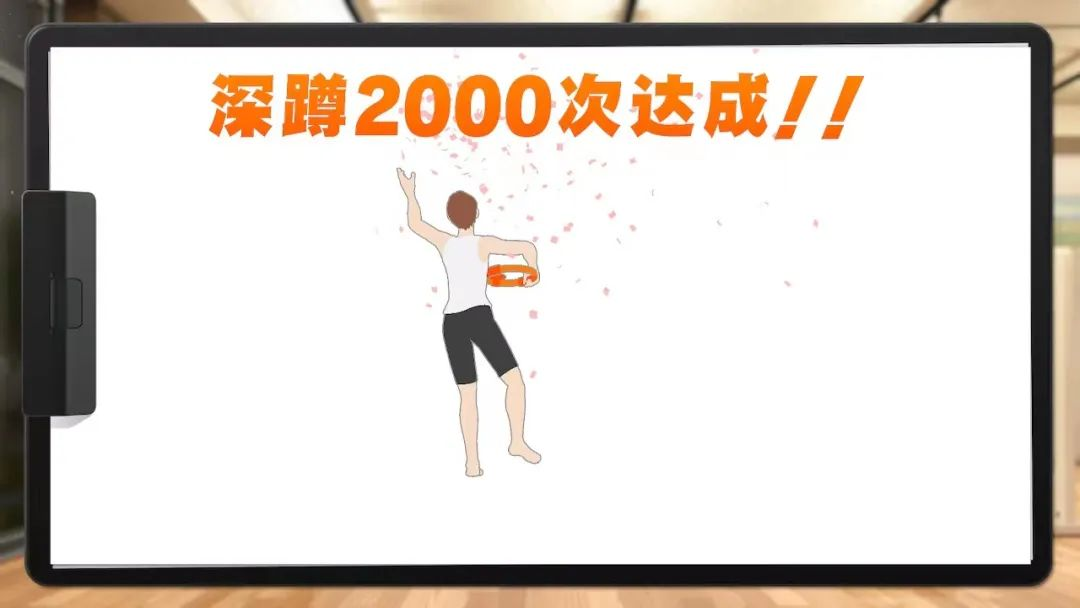
The game’s unique peripheral, the Ring-Con, solves multiple challenges in exercise gaming. According to developer interviews, early game development used dual Joy-Cons for controls, with running motions translating to in-game movement. The introduction of the Ring-Con, inspired by a ring-shaped handle concept, was aimed at making the act of playing more physically engaging, a perfect fit for a fitness game. This is the earlier stage of the demo:
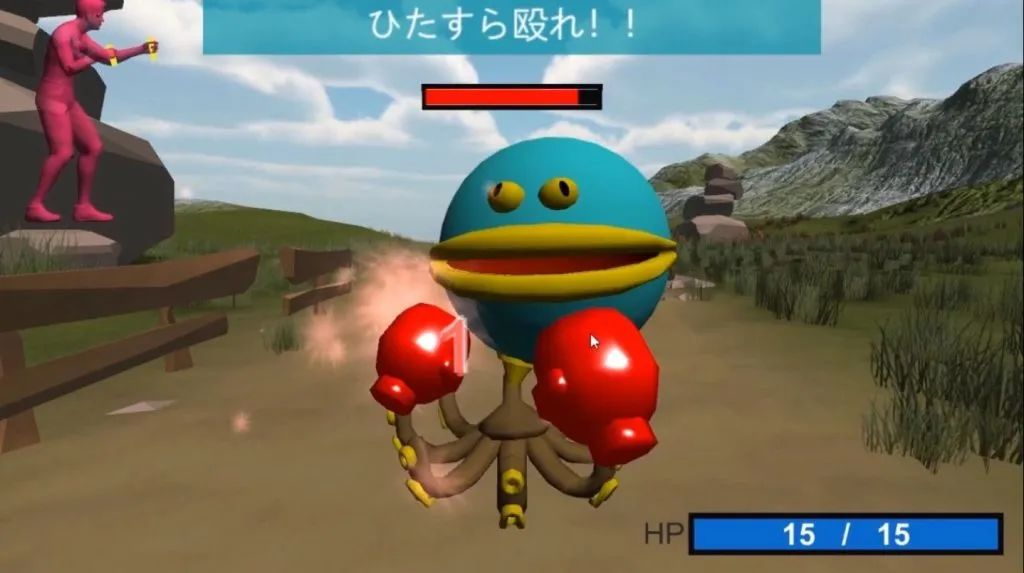
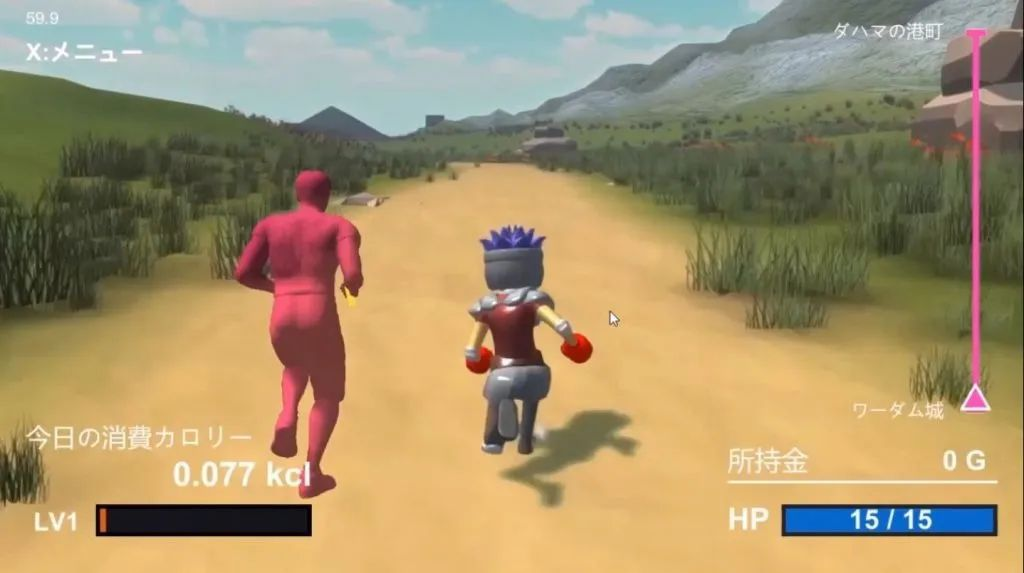
Without the Ring-Con, players would be limited to the usual setup of most exercise games: one Joy-Con strapped to the leg for lower body tracking and another in hand for upper body movements. The Ring-Con, however, actively involves both hands and legs in the gameplay.
Compared to swinging a controller in the air, the Ring-Con offers a more comprehensive workout for the hands. Its Pilates-ring-like design accommodates all ages and fitness levels. Instead of fixed-weight equipments like dumbbells, the Ring-Con allows for adjustable resistance, suitable for everyone.
Holding a fitness ring also provides a psychological cue to the player that they are exercising, not just playing a game. This perception boosts the social acceptance of “Ring Fit Adventure” as a fitness tool rather than just a game.

(You can see the promotion of the Ring-fit adventure often puts the Ring-Con at the center stage.)
For most players, the Ring-Con is a novel gaming accessory. The game intentionally guides players to use it for various actions, from menu navigation to juice-making. The development team incorporated multiple gameplay elements with the Ring-Con. The same pressing action used for running on the map transforms into a jump mechanic, merging 2D platformer mechanics into the fitness routine. In boss battles, it becomes an air cannon to shoot down incoming projectiles, adding a first-person shooter element.
The game’s tutorials on using the Ring-Con are intuitive and subtle, integrating the action of pressing into a comprehensive interactive system. Familiar game types like platformers and FPS are repurposed to lower the barrier to entry, making the exercise enjoyable for all players.
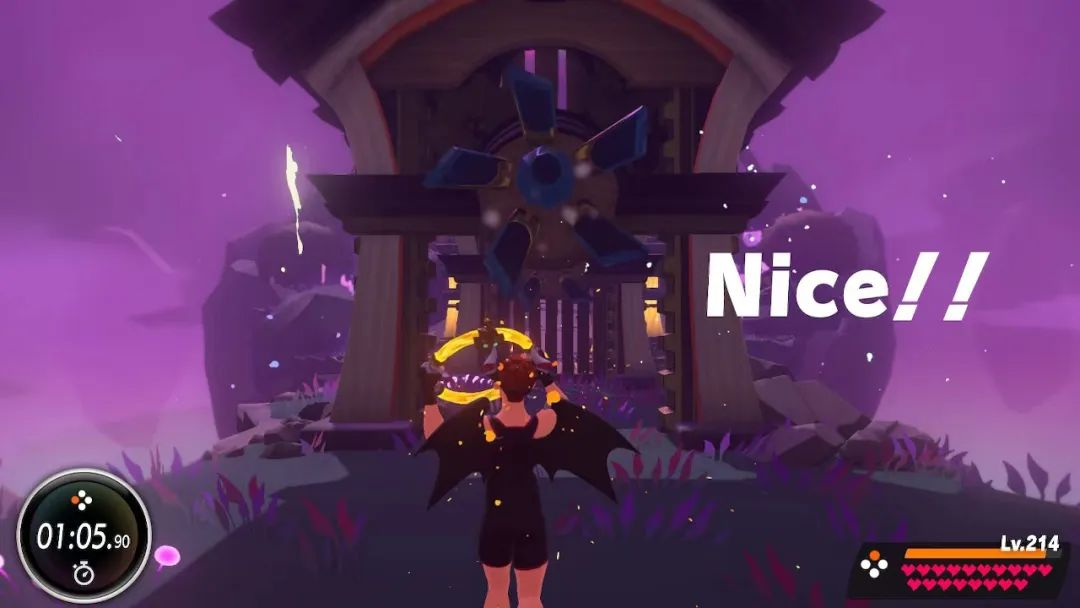
The future of practical games like “Ring Fit Adventure” lies in shifting the negative social perception of gaming. Games with a practical purpose can change this narrative. Parents who are cautious about their children playing games like “Honor of Kings” may be more receptive to them playing “Ring Fit Adventure.”
The game’s popularity, particularly during the pandemic, is inseparable from its practical design. Both adults and children can participate, broadening its appeal. This aligns with Nintendo’s principle of designing games that cater to a wide audience.
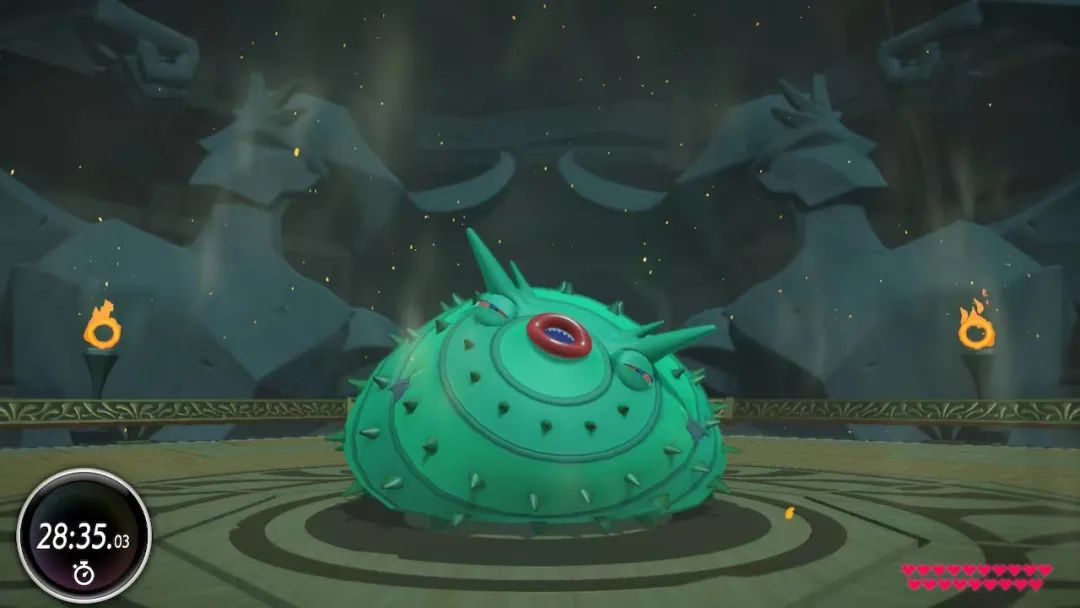
From a personal perspective, game is a highly commercialized art form. It’s challenging for many artists to make their work practically meaningful, as art primarily serves emotional needs rather than teaching skills or boosting productivity.
In the commercial realm, the idea of a game being practical is almost fantastical. Game designers often aim to empty players’ wallets: experiences and actions are tailored to encourage spending or prevent refunds. Practical value doesn’t necessarily boost sales, so why consider it?
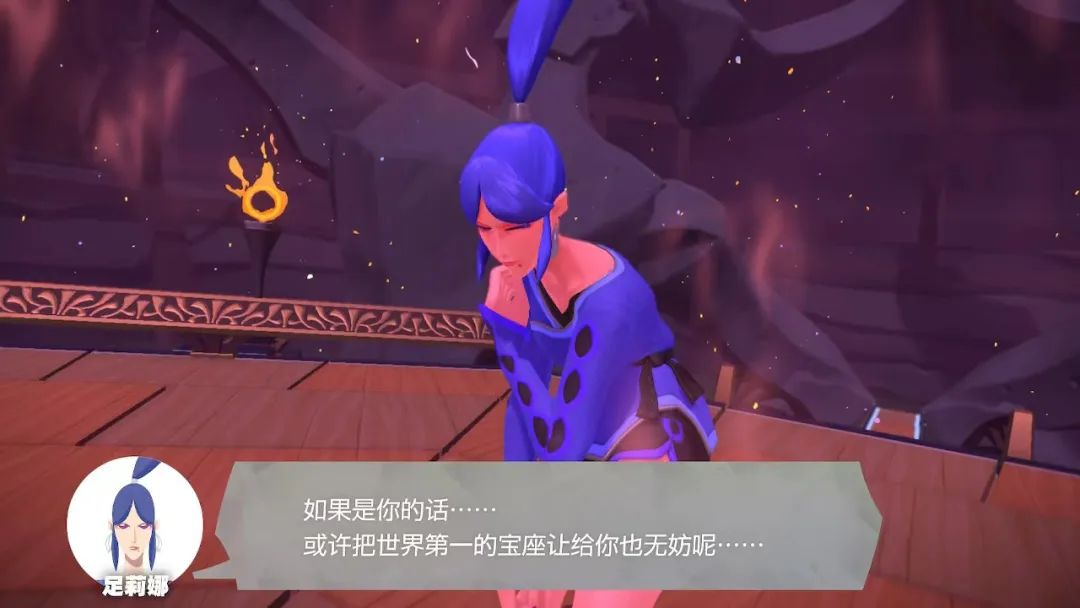
Practical games target a broader audience than core gamers. These consumers might be naturally resistant to gaming but are drawn to games with practical value. This is similar to purchasing gym memberships or skincare products for a potentially better future. However, since they rarely buy games, these consumers are more price-sensitive, which can deter them from expensive practical games.
This is why the market sees few successful practical games. Tencent released “Mandarin Town,” a free game for educational purposes, teaching Mandarin to underprivileged elderly and children. Nintendo smartly bundled Wii Sport with their consoles, using a practical game to tap into a broader consumer base.
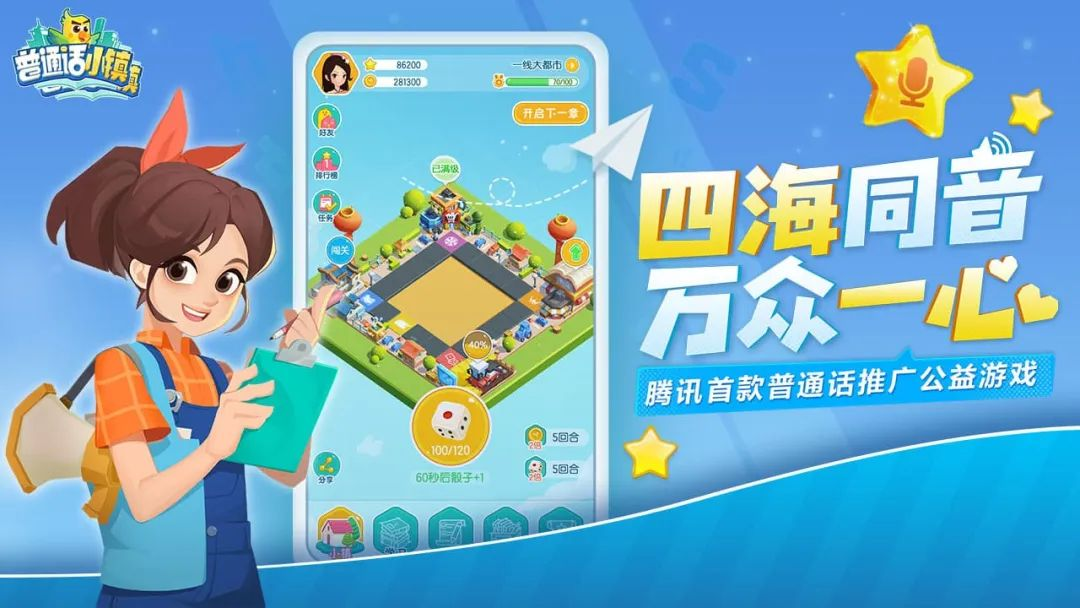
Before “Ring Fit Adventure,” practical games had limited commercial success. But with over 10 million units sold, “Ring Fit Adventure” proves that practical games can succeed if they address core player needs. As designers, we must view practical games from a designer perspective, responding to the objective needs of gamers. Understanding the “core experience” discussed in many game design texts is a higher-order skill for game designers.